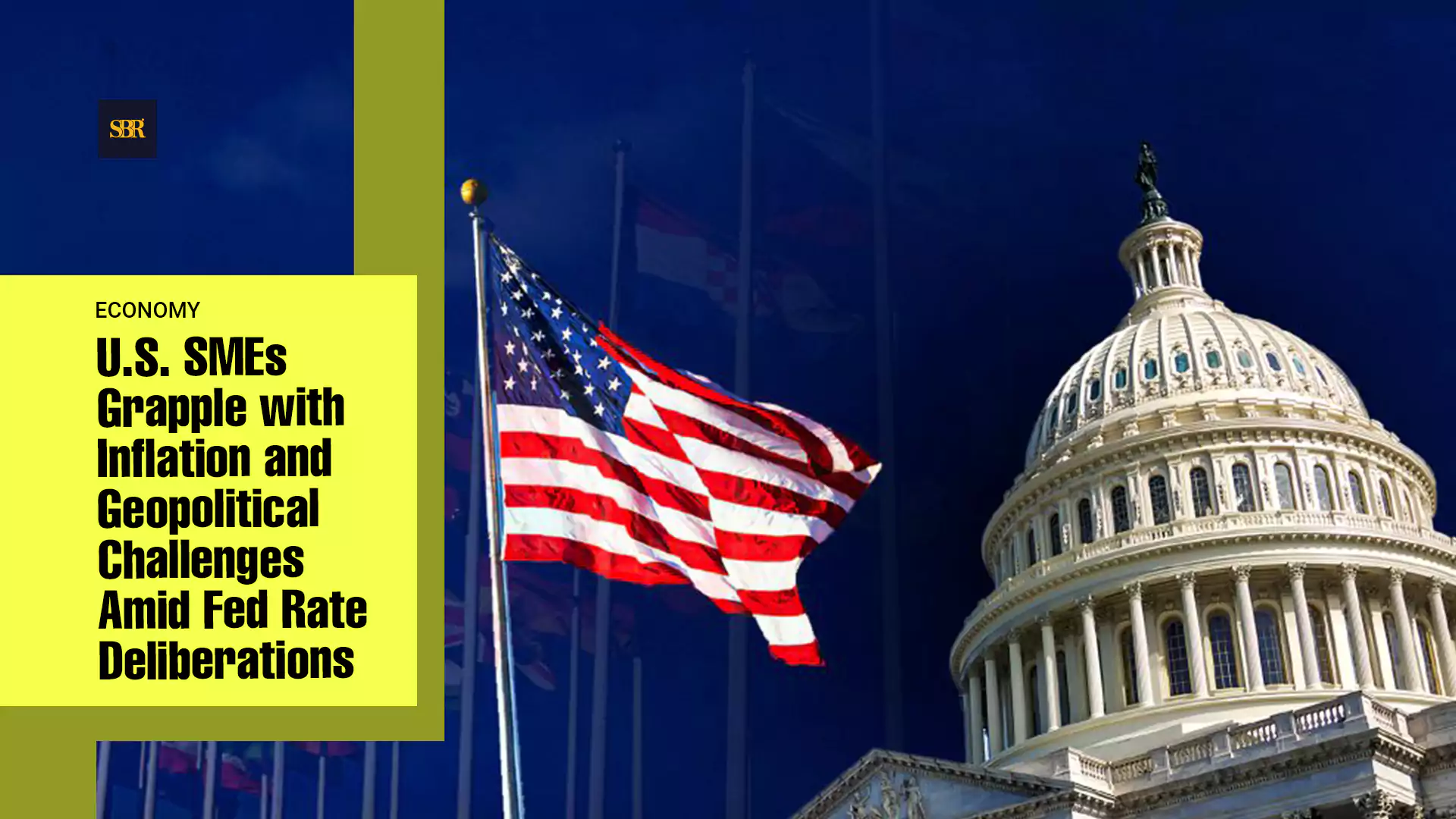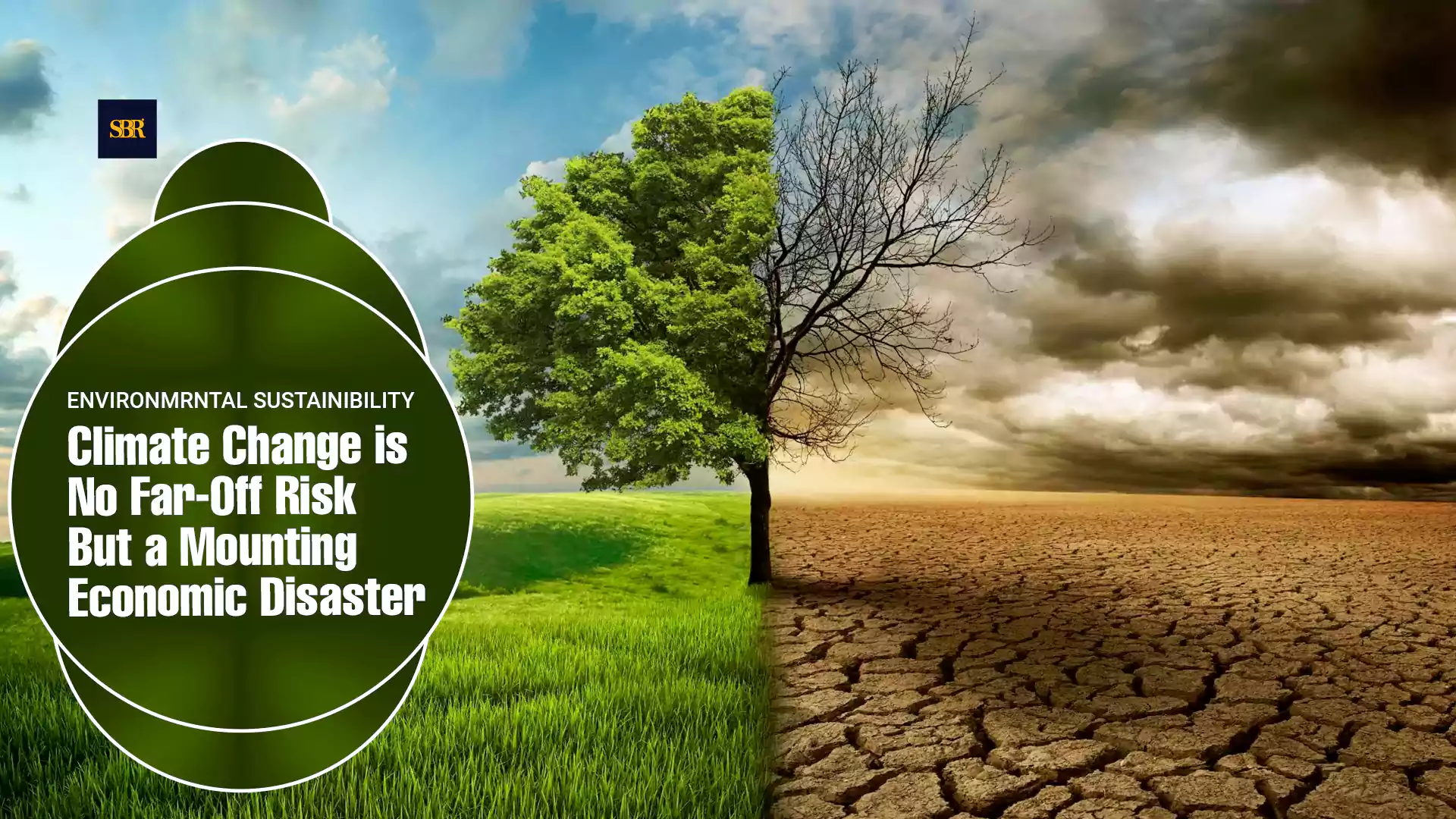NEW JERSEY, June 25, 2025 — With sustainability leading the global growth narrative, the world is moving toward modern infrastructure development that supports a more meaningful way of living.
As per a report Build Well To Live Well: The Future, published by Global Wellness Institute (GWI), a non-profit organization, the wellness real estate market is intensely concentrated.
North America, Asia–Pacific and Europe together make up 99 percent of the global total, with the largest market, North America, accounting for 44 percent.
The US accounts for a staggering 41 percent of the wellness real estate market. Together, the US, Canada, China, Australia, Japan, UK, France and Germany make up 85 percent, the GWI report reveals. The national annual growth leaders from 2019 to 2024 are the UK (29 percent), Netherlands (27.9 percent), Singapore (27.5 percent), France (24.5 percent), Italy (22.9 percent) and Vietnam (22.6 percent).
As per the report, the wellness real estate market reached $584 Billion in 2024 and is forecast to double to $1.1 trillion by 2029.
The 160-plus-page report reveals that wellness real estate has been the fastest growing market in the 11-sector, $6.3 trillion global wellness economy, doubling from $225 billion in 2019 to $548 billion in 2024.
The 19.5 percent annual growth rate of wellness real estate is quite high compared to overall global construction growth, which was only 5.5 percent.
Regional markets with the fastest annual growth rate in wellness real estate (from 2019 to 2024) as per the report are Latin America–Caribbean (24 percent), Middle East–North Africa (22.6 percent), and Europe (22.4 percent). The GWI projects 15.2 percent annual growth over the next five years, with the market reaching $1.1 trillion by 2029.
As per the GWI report, wellness-focused residential properties at the middle and upper ends of the market command a price premium of 10–25 percent, while commercial buildings have demonstrated a 4.4 – 7.7 percent rental premium per square foot.
The report highlights that a misconception that wellness real estate is the domain of luxury homes with trendy amenities remains persistent.
The aspect of wellness in real estate projects has to come with a complete conviction. Realtors by and large are asset creators, which leave a long-term impact on generations to come. Seeking expertise to enhance living spaces, could be a huge value addition in wellness-oriented projects.
Some of the countries that dominate the wellness real estate space have been pioneers in rainwater harvesting, the use of alternative energy sources, and the creation of green spaces. Similarly, Middle Eastern nations that have successfully transformed barren land can contribute meaningfully to global collaboration in wellness-focused living.
At the turn of the new millennium, rain water harvesting and use of solar energy made it to the book of good practices. The next quarter of a century, till the year 2050 should be dominated by wellness living. The wellness realty market could well be a game-changer in the real estate sector globally.
The US accounts for 41 percent of the wellness real estate market. The 19.5 percent global annual growth rate of wellness real estate is quite high compared to overall global construction growth, which is only 5.5 percent., reveals GWI report.
Inputs from Saqib Malik
Editing by David Ryder

















